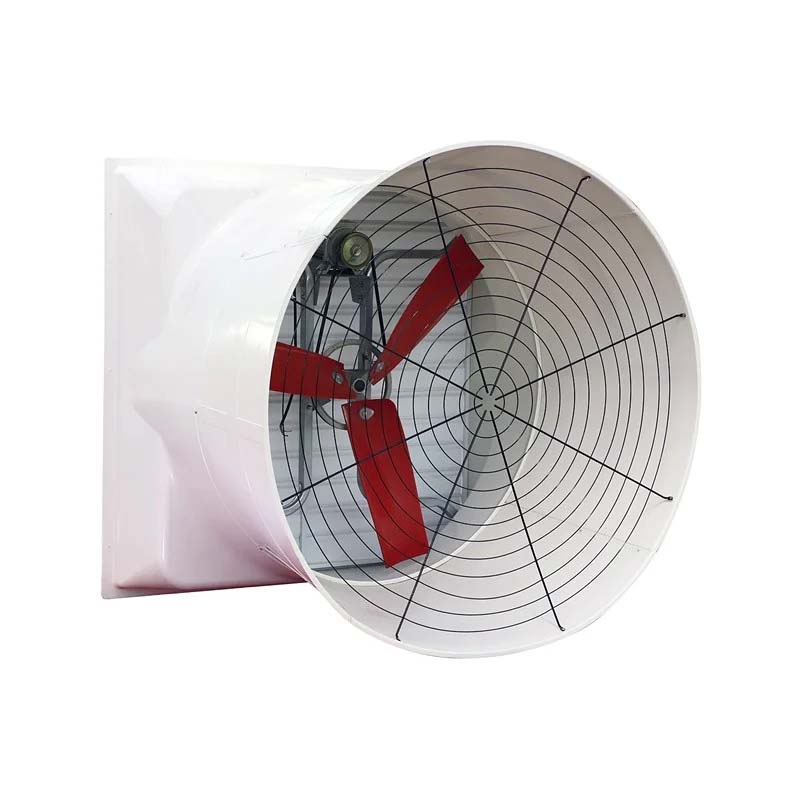feed mill pellet machine
Dec . 19, 2024 04:51 Back to list
feed mill pellet machine
Understanding Feed Mill Pellet Machines A Comprehensive Guide
Feed mill pellet machines play a crucial role in the agricultural industry, particularly in the production of animal feeds. These machines are designed to compress fine particles into pellets, which are easier for animals to consume and digest. This article will explore the working mechanism, advantages, and various types of feed mill pellet machines available in the market.
What is a Feed Mill Pellet Machine?
A feed mill pellet machine is a specialized piece of equipment used to convert powder feed materials—such as grains, forages, and by-products—into uniform pellets. The process not only enhances the nutritional value of feed but also minimizes waste and improves storage efficiency. The pellets produced through this process are commonly used for livestock, poultry, fish, and even pets.
Working Mechanism
The operation of a feed mill pellet machine typically involves several key steps
1. Raw Material Preparation The first step in the pelleting process is preparing the raw materials. This often involves grinding down larger feed components into a finer powder, which can improve the quality of the final pellets.
2. Mixing Once the raw materials are finely milled, they are thoroughly mixed with supplements and additives. This ensures an even distribution of nutrients and enhances the feed's overall quality.
3. Conditioning After mixing, the feed is conditioned with steam or hot water. This step softens the ingredients and helps activate the binding properties of the feed materials, which is crucial for pellet formation.
4. Pelleting The conditioned feed is then fed into the pellet mill. Here, it passes through a die where it is subjected to high pressure and force, causing it to be formed into pellets. The size, shape, and density of the pellets can be adjusted by changing the die specifications.
5. Cooling and Drying After pelleting, the hot pellets are cooled and dried to remove excess moisture and ensure shelf stability. This step is vital in preventing spoilage and maintaining the integrity of the feed.
6. Packaging Finally, the finished pellets are packaged for distribution, ready for use in livestock and other animal feeding.
Advantages of Using Pellet Machines
feed mill pellet machine

The benefits of utilizing a feed mill pellet machine are numerous
- Improved Nutritional Value Pelleting can enhance the digestibility of feed, enabling animals to absorb nutrients more efficiently.
- Reduced Waste Pellets reduce feed waste compared to fine powders, as they are less likely to be discarded during feeding.
- Easy Handling and Storage Pellet feeds are easier to handle, transport, and store compared to loose powders, which can be cumbersome and messy.
- Better Feed Stability Pelletized feeds generally have a longer shelf life, providing a more stable option for animal nutrition.
- Enhanced Animal Health Consistent and high-quality pellets contribute to better health and performance in livestock, poultry, and aquatic animals.
Types of Feed Mill Pellet Machines
Feed mill pellet machines come in various sizes and functions, suitable for different scales of production
- Small-Scale Feed Pellet Machines These are ideal for small farms and home-based operations. They are usually more affordable and easy to operate.
- Commercial Feed Pellet Mills Designed for larger operations, these machines can produce thousands of pounds of pellets per hour. They are built for durability and require significant initial investments but offer high efficiency and output.
- Aquatic Feed Pellet Machines Specifically designed for producing fish and shrimp feed, these machines often include features that ensure the buoyancy and palatability of aquatic pellets.
Conclusion
In conclusion, feed mill pellet machines are essential tools in modern agriculture, facilitating the efficient production of high-quality animal feeds. With their numerous advantages, including improved nutritional value, reduced waste, and enhanced storage, these machines are instrumental in meeting the growing demand for animal nutrition. As technology advances, we can expect even more innovations in feed pelleting technology, further benefiting farmers, livestock, and the agricultural sector as a whole.
-
High Performance Exhaust Fan – Efficient Ventilation Solutions for Home
NewsJun.10,2025
-
High-Quality Gestation Pen for Sows Durable Mobile Pig Pen & Simple Pig Pen Solutions
NewsJun.10,2025
-
High Quality Rabbit Cage Double Tier Designs & Welded Wire Mesh Supplier
NewsJun.10,2025
-
Floating Fish Feed Machine - High Efficiency Floating Fish Feed Extruder for Small Scale Production
NewsJun.10,2025
-
Premium Poultry Housing Solutions Mobile & Commercial Free Range Options
NewsJun.10,2025
-
Industrial FRP Fans Corrosion-Resistant Blades & Centrifugal Systems
NewsJun.09,2025






